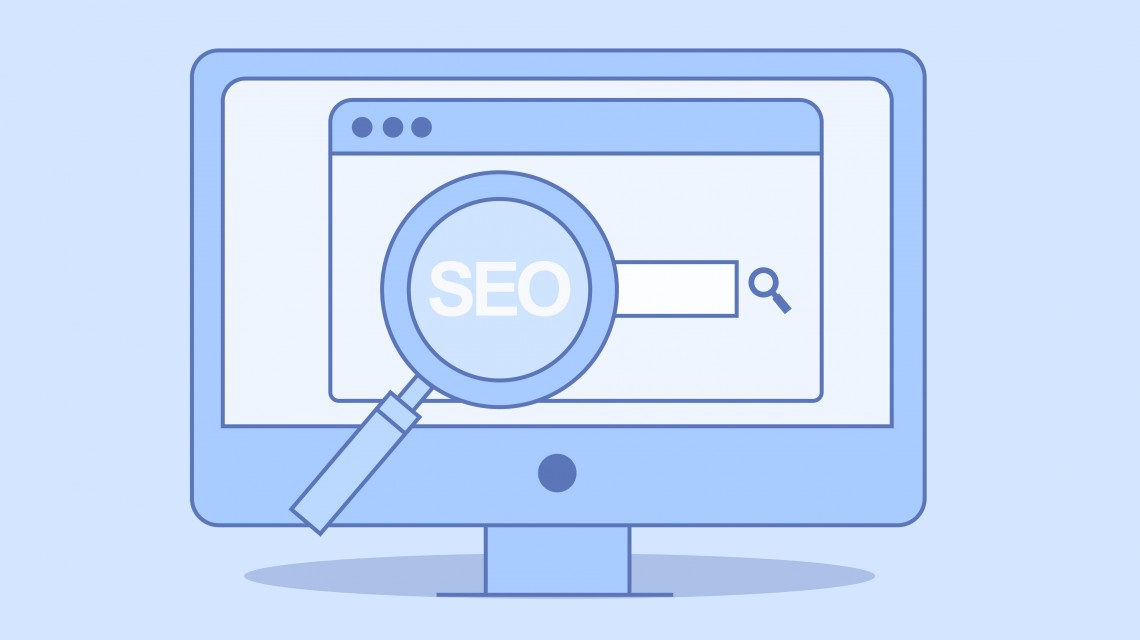SEO Strategies Part Two: Off-site Optimization Best Practices
Posted on September 20, 2018
By Theresa Chiechi, Designer, Illustrator, Writer

How to improve your websites SERP (Search Engine Results Page) position using off page SEO techniques
We’ve talked about on site search engine optimization (SEO) strategies and how optimize several factors that affect your website page ranking but that was only one half of the pie. SEO has two techniques: on site and off site.
To Recap – on site SEO:
On site SEO refers to all the steps we take within our website to help ensure that we have the best chance of being discovered in the search engine results page. This includes elements such as title, meta tagging, meta descriptions, alt tag, and keyword research. To learn more about this angle of SEO, check out this article.
What is off-site SEO?
Off site or off page SEO deals with actions we take outside of your site in order to positively impact your search engine results page ranking1. Improving your off site ranking factors involves the user’s perception of your website through relevance, trustworthiness, and authority.
How do we improve off site SEO – 4 areas to consider?
1. Building Backlinks
Perhaps the most essential part of off site SEO, is building backlinks. Search engines (such as Google, yahoo, bing, etc.) use backlinks, any external link that directs the user to your website5, when deciding how reputable or valuable a website is. The number of backlinks suggest the popularity or importance of a website which in turn can give it a boost in the results page for a search query.
So for example, if someone else decides to write about SEO in a blog post and links to this article as reference, that would be considered a backlink. This act essentially tells search engine that this page has good information.
Link building plays a crucial role in making you website more visible but like any good thing people find a way to abuse it. While a high number of backlinks could be a good indicator of your website’s value, search engines have evolved their algorithms to know the quality of a backlink.
A good take away is that it’s quality over quantity. A link to your site from a small-time blog will not have the same weight as a link featured in the New York Times or other high-ranking sites6.
2. Directory Listings
Piggy-backing off of the backlink tips, an easy way to jumpstart your link-building efforts is to submit your website to online directories. They may not hold a ton of authority but it certainly gets you one step closer to a high SERP ranking.
Some examples of website directories are Yext, Moz Local, Yelp, and Google Plus.
When submitting your business to a directory, it’s very important to be both specific and consistent. The format of your company name, address, and phone number should be the same no matter where it’s listed. For example don’t list your street address as “123 Internet Drive” in one location and “123 Internet Dr.” in the other because to search engines, it’s not clear that they are the same thing4.
Also, if possible, it’s best to include as many photos as allowed. Whether they are pictures of your storefront, product, or team members, photos help to paint a better picture of what your business has to offer. Customers are more likely to buy a product or check out a company that they can see for themselves. If you have or can include a video, that’s all the better.
3. Social Media
Platforms such as Facebook, LinkedIn, Instagram, among many others, provide another way to generate brand awareness. The goal isn’t to go viral or be the next Internet sensation, but to create off-site pages where potential clients can find valuable information (whether it be about your company or business or helpful tips and tricks about your industry). Any interaction that your social profile gets (likes, retweets, shares) sends signals to search engine bots and algorithms, giving a boost to your search engine ranking6.
Need help getting started on social media? Download our Social Media Playbook, and we’ll teach you everything you need to know about connecting with your costumers online.
4. Reviews
Just as you are more likely to eat at restaurants a bunch of your friends told you to go check out, online customers act in the same manner. It’s not hard to see the importance of online reviews; not only do they help grow your reputation but they also create valuable inbound links and carry significant weight in your search engine ranking2. In fact, according to Moz, it’s thought that online reviews make up 10% of how Google and other search engines decide to rank search results7. Having positive reviews on sites such as Yelp and Google Plus can really make a difference.
They’re not as hard to acquire either. As a business, you probably interact with your clients on a daily basis. All you have to do is just ask. Most people would be glad to help you out, especially if you have been a tried and true business that they rely on.
The Takeaway to all SEO is planning, strategy, and purpose. It’s an ongoing effort designed to garner results over time. It’s a marathon, not a race.
Further Reading:
Search Engine Optimization Strategies
Keywords: The Key to Search Engine Optimization
Implementing Keyword Research: Getting Users to Your Site
Sources
- https://moz.com/learn/seo/off-site-seo
- https://altitudemarketing.com/blog/off-site-seo-checklist/
- https://blog.hubspot.com/blog/tabid/6307/bid/29278/the-8-best-link-building-tactics-to-boost-off-page-seo.aspx
- http://www.katalystcreativegroup.com/blog/87-local-search-directory-optimization.html
- http://www.webconfs.com/importance-of-backlinks-article-5.php
- http://victoriousseo.com/seo-best-practice-off-site-seo/
- https://moz.com/local-search-ranking-factors
Join Our Blog Community
@CSDesignworks


